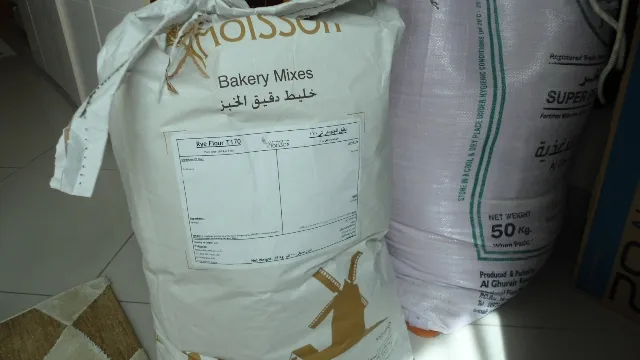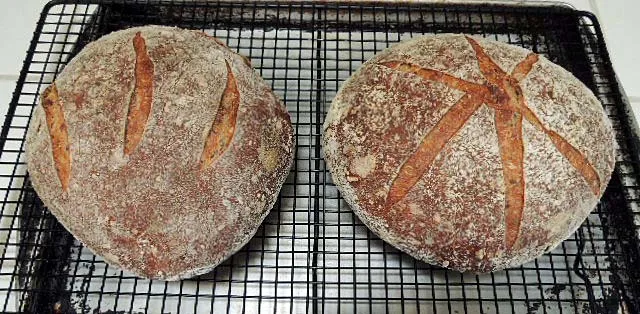My Spring Time Project
Late last year, I posted about the availability of Green River Organic Whole Wheat flour at a KC, MO Costco. I thought organic, stoneground, and $8 for a 10 pound bag might be of interest to others who live in the KC area and have access to a Costco. PMcCool was the first to post that he had purchased a bag and enjoyed both working with the flour and consuming the results of his labors.
- Log in or register to post comments
- 4 comments
- View post
- Postal Grunt's Blog






